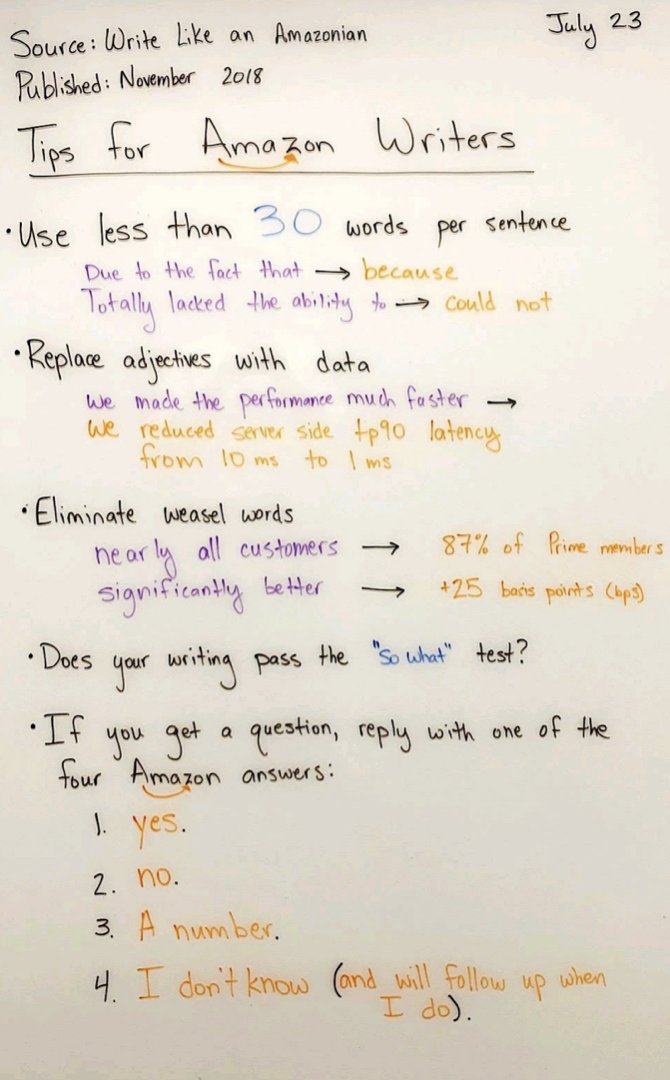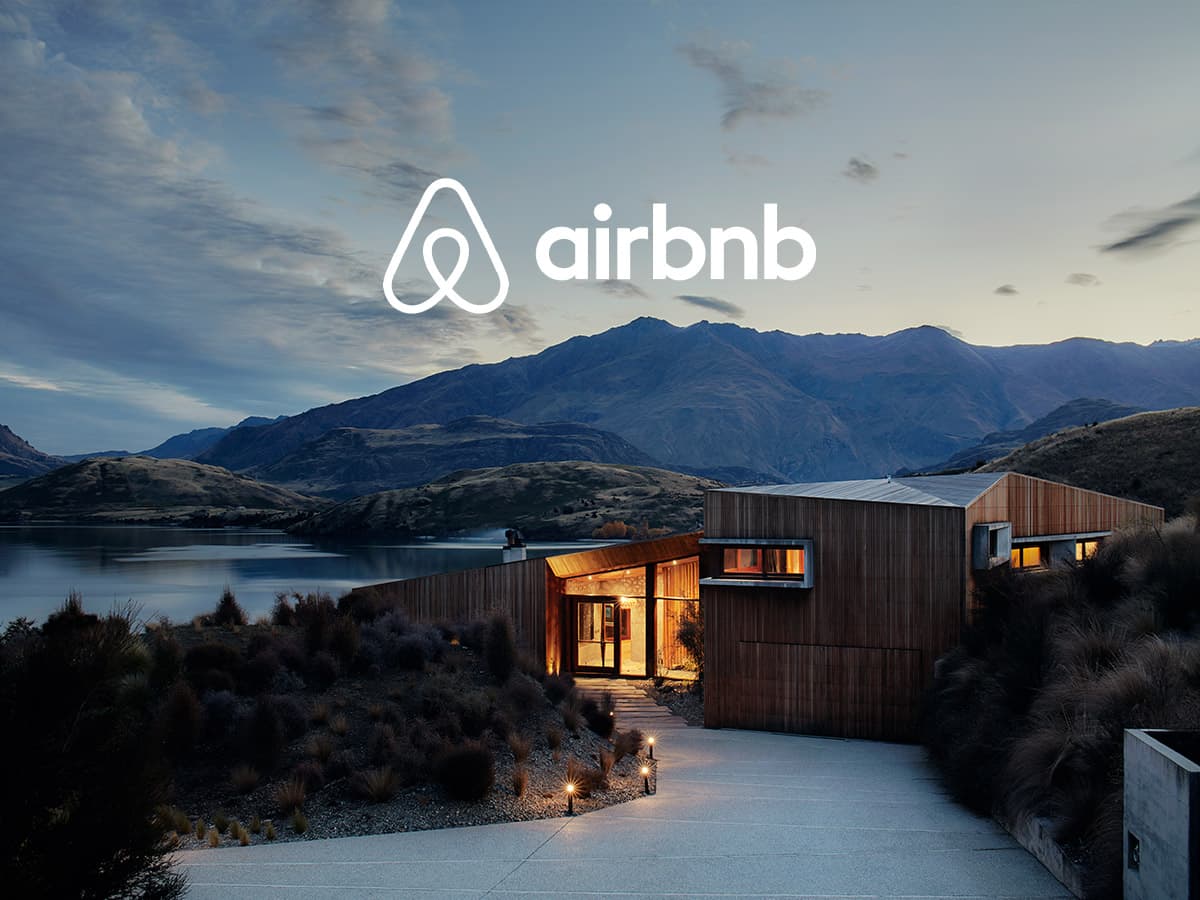
2 weeks ago I wrote about helping a friend launch their ebook and doing $25k+ in sales the first month.
What I didn’t write about was the 5-step growth hacking framework I stole from @GrowthTribe to make it happen.
Use this framework to test for product-market fit and growth🧵
What I didn’t write about was the 5-step growth hacking framework I stole from @GrowthTribe to make it happen.
Use this framework to test for product-market fit and growth🧵
Why do I like frameworks?
Frameworks help eliminate guesswork.
When you’re stepping into uncharted territories, it’s easy to get lost.
What should take a few days takes a few weeks because you’re unsure what the next step is.
Frameworks help eliminate guesswork.
When you’re stepping into uncharted territories, it’s easy to get lost.
What should take a few days takes a few weeks because you’re unsure what the next step is.
When I first started out, I was always searching for frameworks relative to what I was trying to accomplish.
It helped me eliminate wasted time, effort, and money.
This means quicker answers.
Quicker answers mean progress.
I’m all for that.
It helped me eliminate wasted time, effort, and money.
This means quicker answers.
Quicker answers mean progress.
I’m all for that.
People have already accomplished similar goals to what I’m going for, so, why reinvent the wheel?
Just steal the wheel and modify it for your needs/brand.
I did this last year when I took G.R.O.W.S. framework from @GrowthTribe
And, it’s very well named.
Just steal the wheel and modify it for your needs/brand.
I did this last year when I took G.R.O.W.S. framework from @GrowthTribe
And, it’s very well named.
What is the G.R.O.W.S. framework?
It’s a 5-step framework used for experimenting before scaling.
For example, experimenting with a product, ad creative, funnels, landing pages etc
It stands for:
G - Gather Ideas
R - Rank Ideas
O - Outline Experiments
W - Work
S- Study Outcome
It’s a 5-step framework used for experimenting before scaling.
For example, experimenting with a product, ad creative, funnels, landing pages etc
It stands for:
G - Gather Ideas
R - Rank Ideas
O - Outline Experiments
W - Work
S- Study Outcome
We used it specifically to first test product-market fit.
We then used it to test growth.
It didn’t let us down.
Let’s quickly break down each step.
We then used it to test growth.
It didn’t let us down.
Let’s quickly break down each step.
1. Gather Ideas - Talk to consumers, interview them, use polls on social, email them a question, send a questionnaire, surveys, etc. After getting first-hand data use it to brainstorm ideas based on your learnings.
2. Rank Ideas - Based on your goals and feedback -- rank the ideas from best to worst.
3. Outline Experiments - You picked your idea, now it’s time to outline how you’re going to test it. Outline what you’re testing, what you’re tracking, how long are you testing for, etc.
3. Outline Experiments - You picked your idea, now it’s time to outline how you’re going to test it. Outline what you’re testing, what you’re tracking, how long are you testing for, etc.
4. Work - Everything is outlined. Now, get it up and running as fast as possible. Give yourself a timeline, add a to-do list, and get crackin’.
5. Study Outcome - Analyze the data for insights. Determine what works and what doesn’t work. Scale what works.
5. Study Outcome - Analyze the data for insights. Determine what works and what doesn’t work. Scale what works.
Here's how I used it:
1. Gather IDeas
We already knew his audience wanted a fitness ebook/program.
We just didn’t know which kind.
So, we:
- Used social polls on IG story
- Used posts asking for answers/comments
- Sent a 3 question questionnaire via email
1. Gather IDeas
We already knew his audience wanted a fitness ebook/program.
We just didn’t know which kind.
So, we:
- Used social polls on IG story
- Used posts asking for answers/comments
- Sent a 3 question questionnaire via email
We collected all the feedback and brainstormed what product to create.
The best part about talking to your audience?
They'll tell you what they want.
You have to build it.
The best part about talking to your audience?
They'll tell you what they want.
You have to build it.
2. Rank Ideas
His audience told us they wanted:
- A 12-week fitness program
- w/ minimal equipment
- For Unconventional workouts
- Less than an hour
This made it easy to rank our ideas.
His audience told us they wanted:
- A 12-week fitness program
- w/ minimal equipment
- For Unconventional workouts
- Less than an hour
This made it easy to rank our ideas.
We connected the dots and knew what we were going to put together.
This integrates with this tweet 👇
This integrates with this tweet 👇
https://twitter.com/alexgarcia_atx/status/1374521592902869000
3. Outline Experiments
Our experiment was to determine if the demand was there.
Would someone actually purchase it.
We decided that we would test it by spinning up a quick funnel and push a presale via social, email, and ads.
If people converted, then we’d scale our efforts.
Our experiment was to determine if the demand was there.
Would someone actually purchase it.
We decided that we would test it by spinning up a quick funnel and push a presale via social, email, and ads.
If people converted, then we’d scale our efforts.
4. Work
Time to execute.
We set a 1-week timeline to get the presale funnel, social posts, and emails ready to go.
The key to experimenting is creating fast, learning fast, and optimizing fast.
After a week, it was up and running.
bit.ly/3d25YgL
Time to execute.
We set a 1-week timeline to get the presale funnel, social posts, and emails ready to go.
The key to experimenting is creating fast, learning fast, and optimizing fast.
After a week, it was up and running.
bit.ly/3d25YgL
5. Study Outcome
We set the goal of getting 50 presales the first day -- we hit over 75.
We wanted over 100 presales in over the course of the weekend - it hit over 150
This let us know one thing: people want this
We then focused all our efforts on scaling this bad boy.
We set the goal of getting 50 presales the first day -- we hit over 75.
We wanted over 100 presales in over the course of the weekend - it hit over 150
This let us know one thing: people want this
We then focused all our efforts on scaling this bad boy.
This is another thread in itself but after we used this framework to determine product-market fit, we used it to scale growth.
The same framework to test 3 different funnels via paid media.
It helped us determine top:
- Creative
- Placements
- Copy
- Landing Pages
The same framework to test 3 different funnels via paid media.
It helped us determine top:
- Creative
- Placements
- Copy
- Landing Pages
Tomorrow, I’m dropping a thread on the AAARRR framework that I also stole from Growth Tribe to troubleshoot problems and scale for long-term growth, so make sure to follow @alexgarcia_atx to make sure it ends up on your feed.
I can email it too👇
bit.ly/3flYp6b
I can email it too👇
bit.ly/3flYp6b
The G.R.O.W.S. framework helped us quickly determine:
- Ideas that might have a shot
- Which idea to pursue
- How to test our hypothesis
- A timeline to get it done
- An outcome that gave us the next step
- Ideas that might have a shot
- Which idea to pursue
- How to test our hypothesis
- A timeline to get it done
- An outcome that gave us the next step
• • •
Missing some Tweet in this thread? You can try to
force a refresh





